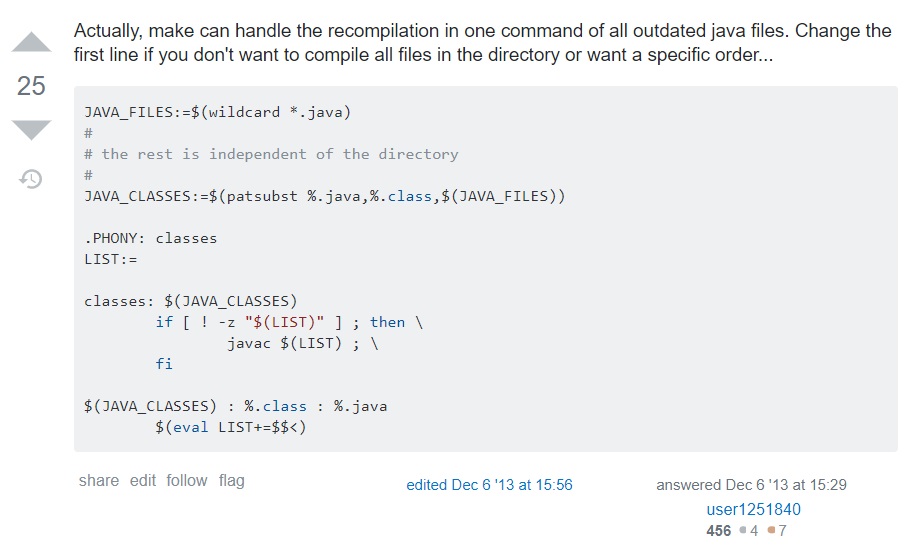You are here: Ultra Guide>Automation Web>ApacheMaven (10 Apr 2020, NicoleRadziwill)Edit AttachTags
Apache Maven
Maven turns your human-readable Java code into executables that computers can run (a process called “building”). If you built your code manually (e.g. using a Unix/Linux makefile), you’d have to keep track of hundreds or thousands of steps and dependencies that might not be obvious. Maven takes care of all those complications in the background so you don’t have to.Background
Programming languages like C, Java, and Python were created to make it easier for humans to write instructions that a computer could execute. But natively, the computer needs language it can understand. Depending upon the language you’re coding in, compilers (e.g. for C, C++) or interpreters (e.g. Python, R) are needed to perform that intermediate translation step. For compiled code, this is a two-step process (the code you wrote gets compiled to an object file, and then a linker utility creates the executable machine code). For interpreted code, this is a one-step process (the code you wrote gets interpreted by runtime files). Java is translated slightly differently. Because Java was designed to run across multiple platforms(*), requiring only the presence of a Java Virtual Machine (JVM)/Java Runtime Environment (JRE), the process goes like this:- Write your code in Java (in .java files)
- Use your IDE (EclipseIDE, IntelliJ, or VsCode) to turn the entire project full of interrelated .java files into .class files using the javac program
- If you want to distribute and execute that code on any OS, bundle the .class files into an executable Java archive (.jar) file

From https://stackoverflow.com/questions/2209827/why-is-no-one-using-make-for-java
Additional Q&A
Additional Resources
- Compiled vs. Interpreted vs. Java - http://www2.hawaii.edu/~takebaya/ics111/process_of_programming/process_of_programming.html
| I | Attachment | Action | Size | Date | Who | Comment |
|---|---|---|---|---|---|---|
| |
stack-overflow-2209827.jpg | manage | 87 K | 03 Apr 2020 - 01:57 | NicoleRadziwill | example of compiling java bytecode without Maven |
Edit | Attach | Print version | History: r2 < r1 | Backlinks | View wiki text | Edit wiki text | More topic actions
Topic revision: r2 - 10 Apr 2020, NicoleRadziwill
PUBLIC WEB
- Toolbox
-
 Create New Topic
Create New Topic
-
 Index
Index
-
 Search
Search
-
 Changes
Changes
-
 Notifications
Notifications
-
 RSS Feed
RSS Feed
-
 Statistics
Statistics
-
 Preferences
Preferences
- Webs
-
 Automation
Automation
-
 Main
Main
-
 System
System
-
 Testing
Testing
© 2020 Ultranauts - 75 Broad Street, 2nd Floor, Suite 206, New York, NY 10004 - info@ultranauts.co


